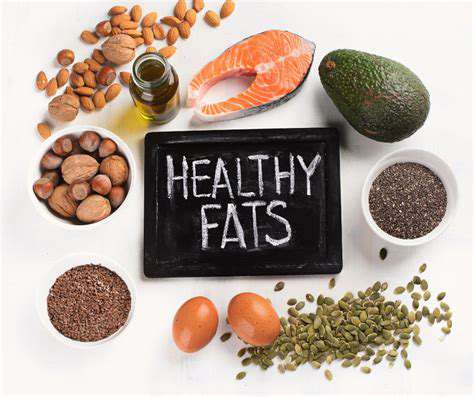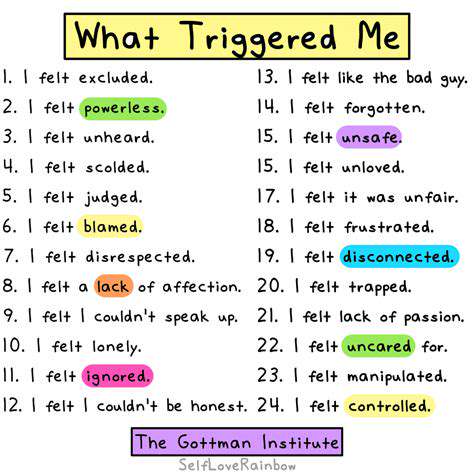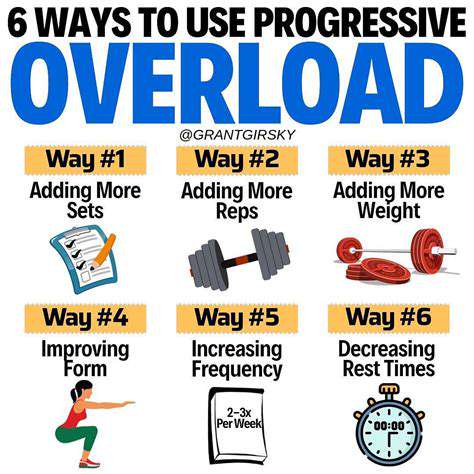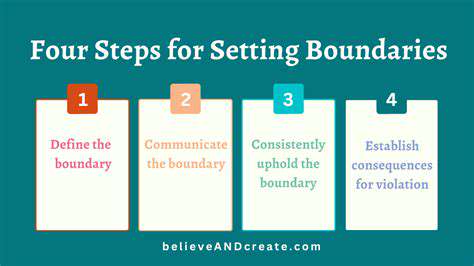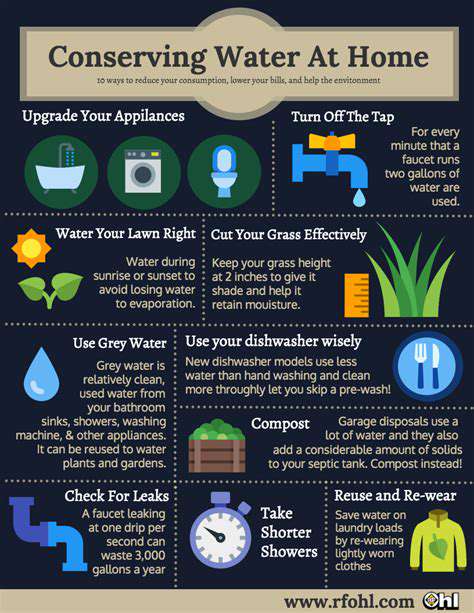Cardio Exercises You Can Do at Home [No Equipment]
High Knees and Butt Kicks for Enhanced Cardio
Warm-up Routine
Before diving into high knees and butt kicks, it's crucial to prepare your body with a dynamic warm-up. This helps prevent injuries and optimizes your performance. A simple warm-up could include arm circles, leg swings (forward and backward), torso twists, and light cardio like jogging in place for 2-3 minutes. This preparatory phase gets your blood flowing and increases your body temperature, making your muscles more flexible and responsive.
Proper warm-up routines are essential for injury prevention, as they gradually elevate your heart rate and prepare your muscles for the more intense exercises to follow. This prepares your cardiovascular system for the demands of the workout and reduces the risk of strains or tears.
High Knees Technique
High knees involve bringing your knees up towards your chest, mimicking the action of running in place, but with a more elevated knee lift. Keep your core engaged, maintain a slight bend in your knees, and focus on driving your knees up. Avoid hunching your shoulders or straining your neck. A good rhythm is key, ensuring each knee lift is performed with controlled and deliberate motion.
The key to effective high knees is maintaining a consistent tempo and form. This helps to maximize the cardiovascular benefits and target the muscles involved in running, such as the quads, hamstrings, and glutes. Be mindful of your posture and ensure that your core remains engaged to prevent strain.
Butt Kicks Execution
Butt kicks are another fantastic exercise that mimics running. During butt kicks, you bring your heels up towards your glutes, engaging your hamstrings and glutes. Keep your core tight, maintain a natural posture, and focus on driving your heels back towards your glutes with each kick. Maintaining a controlled rhythm is important for maximizing the exercise's effectiveness.
Proper form in butt kicks is essential to avoid unnecessary strain on your lower back and knees. Consistent and controlled movements will engage the muscles responsible for running and help in building strength and endurance.
Benefits of High Knees
High knees are excellent for cardiovascular health. They increase your heart rate, improve blood circulation, and help burn calories. This type of exercise also enhances your cardiovascular fitness, improving your body's ability to deliver oxygen and nutrients to the muscles during physical activity.
The exercises target various muscle groups, including the quads, hamstrings, glutes, and core. This helps improve overall lower body strength and endurance, making you more prepared for various physical activities.
Benefits of Butt Kicks
Butt kicks are great for improving your leg strength and endurance, specifically targeting the hamstrings and glutes. They also enhance your coordination and balance, which are crucial for running and other sports.
They are a highly effective exercise for improving your running form. This is because they help to strengthen the muscles that are essential for generating power and maintaining a consistent stride while running.
Cardiovascular Benefits
Both high knees and butt kicks are excellent cardiovascular exercises that elevate your heart rate and improve your endurance. They contribute to a stronger heart and improved blood circulation, promoting overall cardiovascular health. These exercises can significantly contribute to weight loss efforts when incorporated into a regular workout routine.
These exercises contribute to a stronger cardiovascular system, which is essential for overall health and well-being. They can help improve your body's ability to deliver oxygen and nutrients to your muscles during physical activity, leading to enhanced performance and reduced fatigue.
Cool-down and Stretching
After completing your high knees and butt kicks routine, it's essential to cool down and stretch your muscles. This helps prevent muscle soreness and stiffness. Hold each stretch for at least 20-30 seconds, focusing on the quads, hamstrings, glutes, and calves. Static stretching is a great way to improve flexibility and reduce the risk of injury.
A proper cool-down routine is a crucial part of any workout. It allows your body to transition back to a resting state gradually, reducing the risk of muscle stiffness and soreness. Stretching aids in muscle recovery and helps improve overall flexibility.

Read more about Cardio Exercises You Can Do at Home [No Equipment]
Hot Recommendations
-
*Guide to Managing Gout Through Diet
-
*Best Habits for Financial Well being
-
*How to Build a Routine for Better Mental Health
-
*How to Eat Healthy on a Budget [Tips & Meal Ideas]
-
*Guide to Practicing Self Acceptance
-
*How to Incorporate More Movement Into Your Day
-
*Guide to Managing Chronic Pain Naturally
-
*Guide to Building a Reading Habit for Well being
-
*Top 5 Weight Loss Supplements That Actually Work
-
*Best Exercises for Postpartum Recovery [Beyond Abdominal Work]


![Best Snacks for Diabetics [Approved List]](/static/images/26/2025-05/HealthyFatsandComplexCarbohydrates.jpg)
